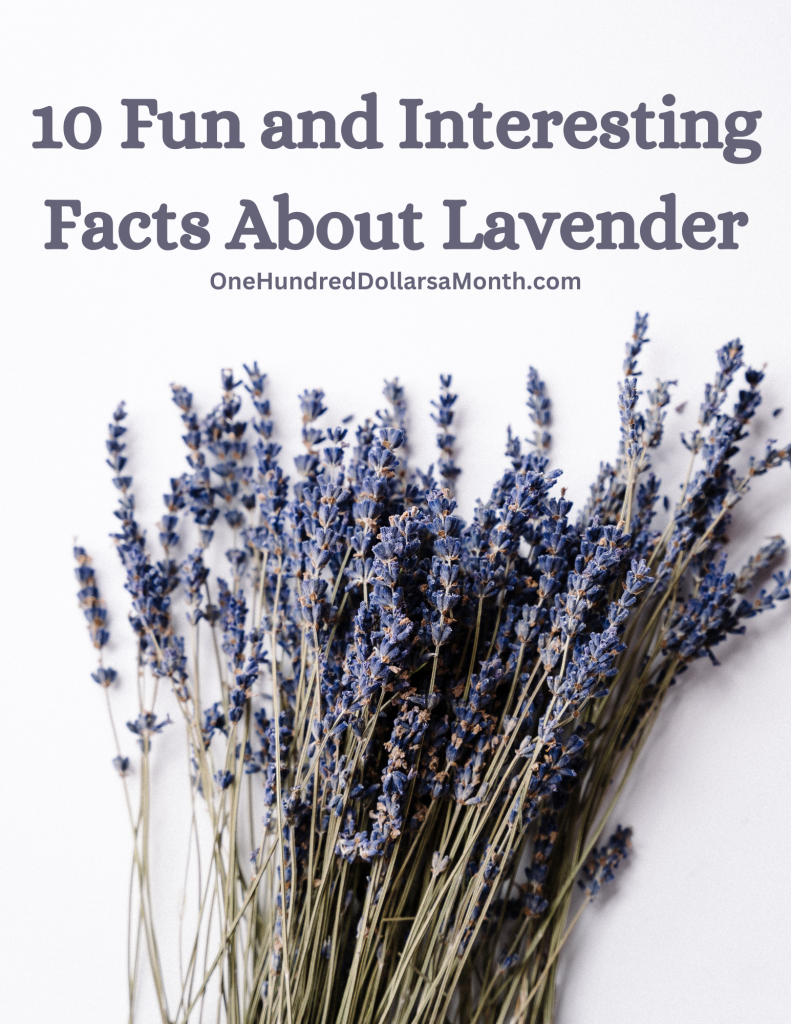Welcome to Facts Vibes! Discover the soothing and aromatic world of lavender plants. From its rich history to its diverse uses in aromatherapy and cooking, delve into fascinating facts about this beloved herb. Unearth the secrets behind its calming properties and its symbolization of purity and devotion.
Lavender Plants: Aromatic Wonders of Nature
Lavender Plants: Aromatic Wonders of Nature
Lavender plants are known for their aromatic and therapeutic properties. They are not just visually appealing with their beautiful purple hues, but they also offer a plethora of benefits that make them wonders of nature.
The scent of lavender is not only pleasant but also has calming effects, making it a popular choice for aromatherapy and relaxation. Its essential oil is widely used in perfumes, soaps, and candles.
In addition to its aromatic qualities, lavender also has medicinal properties. It has been used for centuries to treat ailments such as insomnia, anxiety, and skin conditions. Furthermore, it is a natural insect repellent and can be used as a culinary herb.
Lavender plants are relatively easy to grow, making them a popular choice for home gardens. They thrive in sunny locations with well-drained soil and are drought-tolerant once established.
In conclusion, lavender plants are truly aromatic wonders of nature, offering both sensory enjoyment and a range of practical uses. Whether enjoyed for their beauty, fragrance, or therapeutic benefits, it’s no wonder that lavender has been cherished for centuries.
Most popular facts
Lavender plants belong to the genus Lavandula and are part of the mint family, Lamiaceae.
Lavender plants belong to the genus Lavandula and are part of the mint family, Lamiaceae.
They are native to the Mediterranean region but are now cultivated worldwide.
They are native to the Mediterranean region but are now cultivated worldwide.
Lavender plants are known for their distinctive fragrance and are commonly used in aromatherapy and perfumery.
Lavender plants are known for their distinctive fragrance and are commonly used in aromatherapy and perfumery.
The flowers of lavender plants can range in color from light purple to dark purple or even white.
The flowers of lavender plants can range in color from light purple to dark purple or even white.
Lavender plants thrive in well-drained soil and prefer full sun exposure.
Lavender plants thrive in well-drained soil and prefer full sun exposure.
These plants are drought-tolerant and can survive in dry, arid conditions.
Drought-tolerant plants can survive in dry, arid conditions.
Lavender plants are often used in landscaping for their ornamental value and low maintenance requirements.
Lavender plants are commonly used in landscaping due to their ornamental value and low maintenance requirements.
They are also used in culinary applications, adding a floral flavor to dishes and drinks.
Edible flowers are used in culinary applications, adding a floral flavor to dishes and drinks.
Lavender essential oil is extracted from the flowers and is used in a variety of beauty and skincare products.
Lavender essential oil is extracted from the flowers and is used in a variety of beauty and skincare products.
The plant has been historically used for its medicinal properties, including as a natural remedy for anxiety and insomnia.
Historically, the plant has been used for its medicinal properties, including as a natural remedy for anxiety and insomnia.
Lavender plants are often grown for their ability to attract pollinators such as bees and butterflies to the garden.
Lavender plants are often grown for their ability to attract pollinators such as bees and butterflies to the garden.
In addition to their aromatic qualities, lavender plants are known for their pest-repelling properties.
Yes, lavender plants are known for their pest-repelling properties in addition to their aromatic qualities.
There are over 40 different species of lavender, each with unique characteristics and uses.
There are over 40 different species of lavender, each with unique characteristics and uses.
Lavender plants have been used for centuries in traditional herbal medicine practices for various ailments.
Lavender plants have been used for centuries in traditional herbal medicine practices for various ailments.
The dried flowers and leaves of lavender plants are often used in potpourri and sachets for their pleasant scent.
The dried flowers and leaves of lavender plants are often used in potpourri and sachets for their pleasant scent.
In conclusion, lavender plants are not only beautiful and aromatic, but they also boast a range of health benefits and have a rich history of cultural significance. Whether used for aromatherapy, culinary purposes, or simply to attract beneficial insects, lavender is a versatile and valuable addition to any garden.
